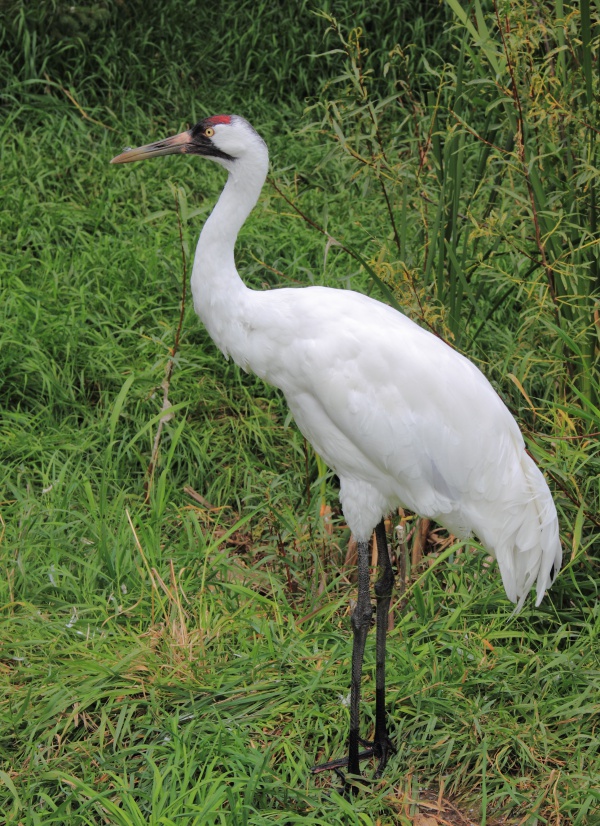Facts About Whooping crane
The whooping crane, North America's tallest bird, is renowned for its distinctive whooping call. Unfortunately, it is also an endangered species. In 1941, the bird was on the verge of extinction, with only 21 wild cranes and two in captivity. Thanks to dedicated conservation efforts, the population has gradually rebounded, now numbering over 800 birds distributed across various groups.
Adult whooping cranes are striking with their white feathers, red crowns, and long, dark beaks. Juveniles are notably different, bearing a cinnamon-brown plumage. These birds can live for 22 to 24 years in the wild and typically nest in marshy areas, laying one or two eggs each season. Their diet is diverse, although they have a preference for animal-based food.
Despite the progress, whooping cranes still face significant threats, particularly habitat loss and illegal hunting. Their nests and young are also susceptible to various predators. Conservation strategies have included captive breeding programs and reintroducing birds into the wild. Although these efforts have had mixed results, they are essential for fostering self-sustaining populations outside of captivity. Ongoing challenges remain, such as illegal hunting and the necessity for continual protection.

 Canada
Canada